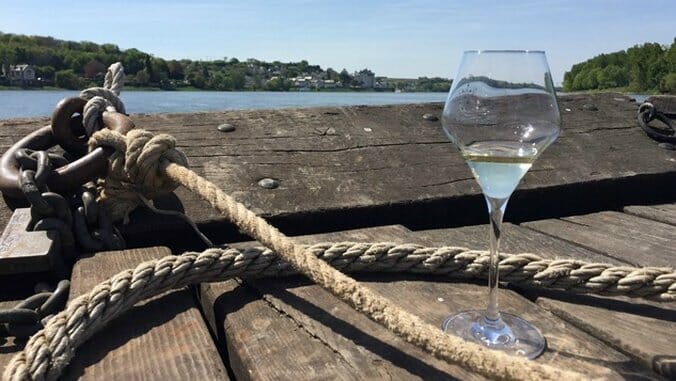
Everyone talks about the fruit notes in wine, but have you ever heard someone call a wine “salty?” As strange as it may sound, it’s a common flavor profile, and a delicious one at that. Whether you’re digging into a platter of oysters or sipping a glass on your patio, these intriguing whites are sure to give your palate a jolt.
The wines aren’t vinified with salt – no winemaker is pulling any Salt Bae moves in the cellar – but there are several reasons why wines obtain that saline note.
Geography is one of the key factors; many of the vineyards are located near large bodies of water and saltwater elements from the ocean, carried over by wine currents, are deposited in the soil or even on grape skins.
Speaking of dirt, soils themselves, especially volcanic or chalky, could contribute to that flavor profile. While scientists are still figuring out exactly why terroir give wines their certain je ne sais quoi, it’s commonly acknowledged that the chemical composition of a particular plot of land affects the wine’s taste. Although unfounded, certain grape varieties may also have organic compounds, much like terroir, that render them “salty.”
Finally, grapes with a high acid content contribute to the salty sensation on the palate. That zingy, pucker-y, and saliva-inducing feeling could be interpreted as saline. Coincidentally, vines with beachfront property tend to produce higher-acid grapes; climactic effects from the sea keep temperatures cool and stable, so grapes ripen slowly and retain acidity.
Salty may not sound refreshing at first, but the crispness can be quenching. They’re also a great pairing with shellfish and coastal-inspired dishes. See for yourself how the above factors come into play across various regions to create delicious examples of salty wines.
La Clape AOC, Languedoc, France
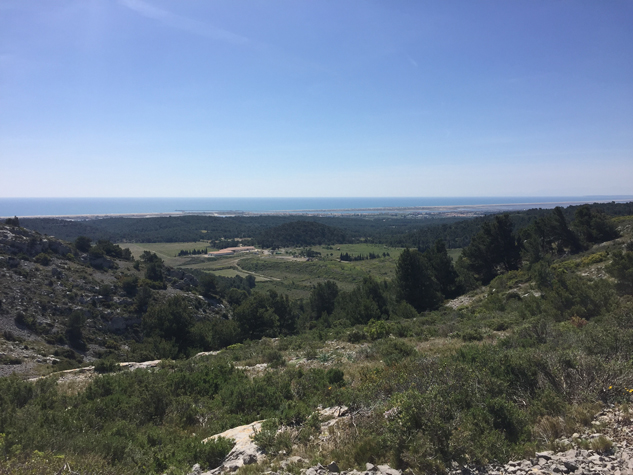
Located in the Languedoc region of France, a hike up this region’s hills yields rewarding views of the Mediterranean Sea next to the snow-capped Pyrenees mountains. Bourboulenc, an indigenous varietal, lends character to the whites, such as the Chateau d’Angles, Grand Vin White, Languedoc, France. Citrus fruits, floral notes, and nutty tones complement the savory saline in this complex wine.
Manzanilla, Sanlucar de Barrameda, Spain

Many sommeliers are taking a renewed interest in sherry, a fortified wine from Spain that a few decades ago became erroneously synonymous with “sweet.” Unlike traditional winemaking, sherry producers utilize the solera method, where various vintages move through a complex system of barrels for blending and aging. Throughout the process, the wines rest under a blanket of yeast called flor to prevent oxidation. Fino is a young and fresh style of sherry and Manzanilla is a fino made specifically in the coastal town of Sanlucar de Barrameda. Crisp and nutty with a saline spark, La Guita, Manzanilla, Sanlucar de Barrameda, Spain is a premier example of this historical wine.
Muscadet, Loire, France
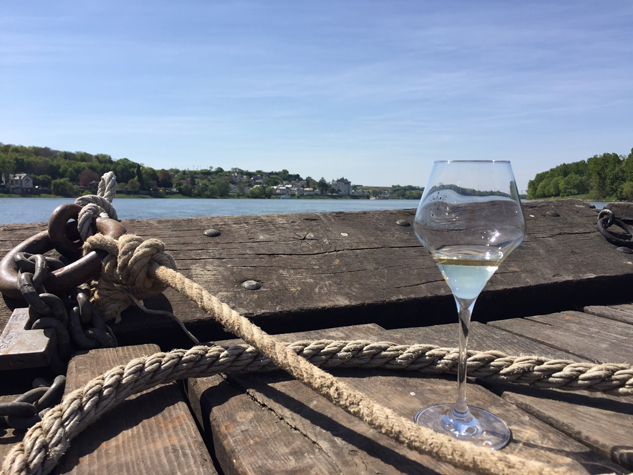
A classic pairing with oysters, Muscadet, near the Atlantic coast, is often viewed as a simple and quaffable wine, but there is a quality revolution happening in the region and winemakers are seeking recognition for their artisanal offerings. Domaine de la Pepiere, La Pepie Muscadet Sevre et Maine sur Lie, Loire, France, is a prime example: over the years, the winemaker has moved away from conventional practices used in the region and instituted systems that work best with his vineyards, resulting in wines with zippy acidity and beautiful brininess.
Canary Islands, Spain
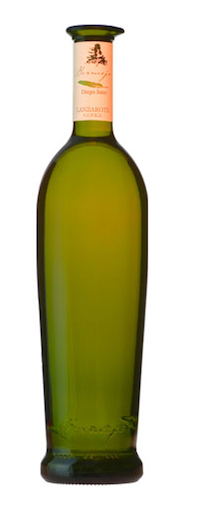
Close to the African Coast, this remote Spanish island is having a wine renaissance. Vineyards, planted in black volcanic soils, sit in the middle of what appears to be craters, in order to protect them from the fierce winds. Here, ashy terroir interplays with the surrounding body of water to create wines redolent of smoke, gunpowder and salt. The Los Bermejos, Diego Seco, Lanzarote, Spain is a stunning example of this distant region.
Assyrtiko, Santorini, Greece
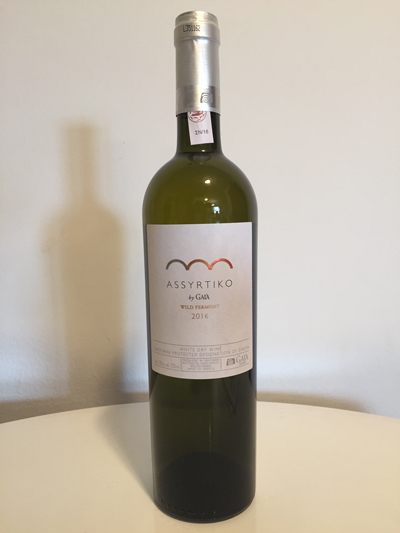
Another island wine, the native grape Assyriko also grows in volcanic soil and must defend itself against strong oceanic winds. As in the Canary Islands, many vines are trained to grow low to the ground, almost like a basket weave, to avoid wind damage. However, the varietal shines with its own unique character and flavors. Gai’a, Wild Ferment, Santorini, Greece, takes the essence of Assyrtiko one step further by layering in floral and oak notes through experiments with native yeast fermentation and barrel aging.